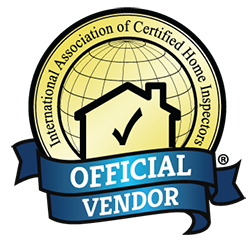Finding and locking the perfect property at the right price is a great feeling. The seller has taken your offer, and the next all-important step is the pre-purchase inspection. Like having a mechanic look under the hood of that new car you want before you buy, the buyer’s inspection is the time you get to look into the nuts and bolts of the property.
Playing your cards right can result in a smooth transaction with no nasty surprises down the road, while making a mistake could land you a money pit. Check out the following three common pre-purchase inspection missteps so you don’t end up on the wrong side of the deal.
Not inspecting new construction
A new build may seem like a risk-free buy. It has just been constructed and no one has ever lived there, so what could possibly go wrong?
As it turns out, a lot can go wrong in these cases. Nothing is perfect, and this is also true of newly built homes and buildings. A new property can have major issues just the same as an older build, including roof troubles, plumbing problems, electrical errors and other major defects. Go into a newly built property inspection just the same as you would any other property, and don’t skip over any area just because the property was recently constructed.
Failing to take the findings seriously enough
It can be easy to downplay or overlook findings in a property that you really want to own, especially when it comes to the little things. However, even small things can add up to big money and time wasted in the future, so you need to give all the results from the home inspection proper weight when you’re considering finalizing the deal.
Make a separate list from the inspection report of every defect, flaw and issue with the property. Evaluate the items on your fault list and consider the time, resources and money necessary to address each one before making your decision.
Getting in over your head
If you suspect there are issues with the home in an area you’re not familiar with, such as possible lead-based paint hazards or high radon levels, don’t be afraid to call in a certified professional for a second opinion. It’s much better to find out the problem before you buy the home than after, especially when it comes to potential health hazards.











